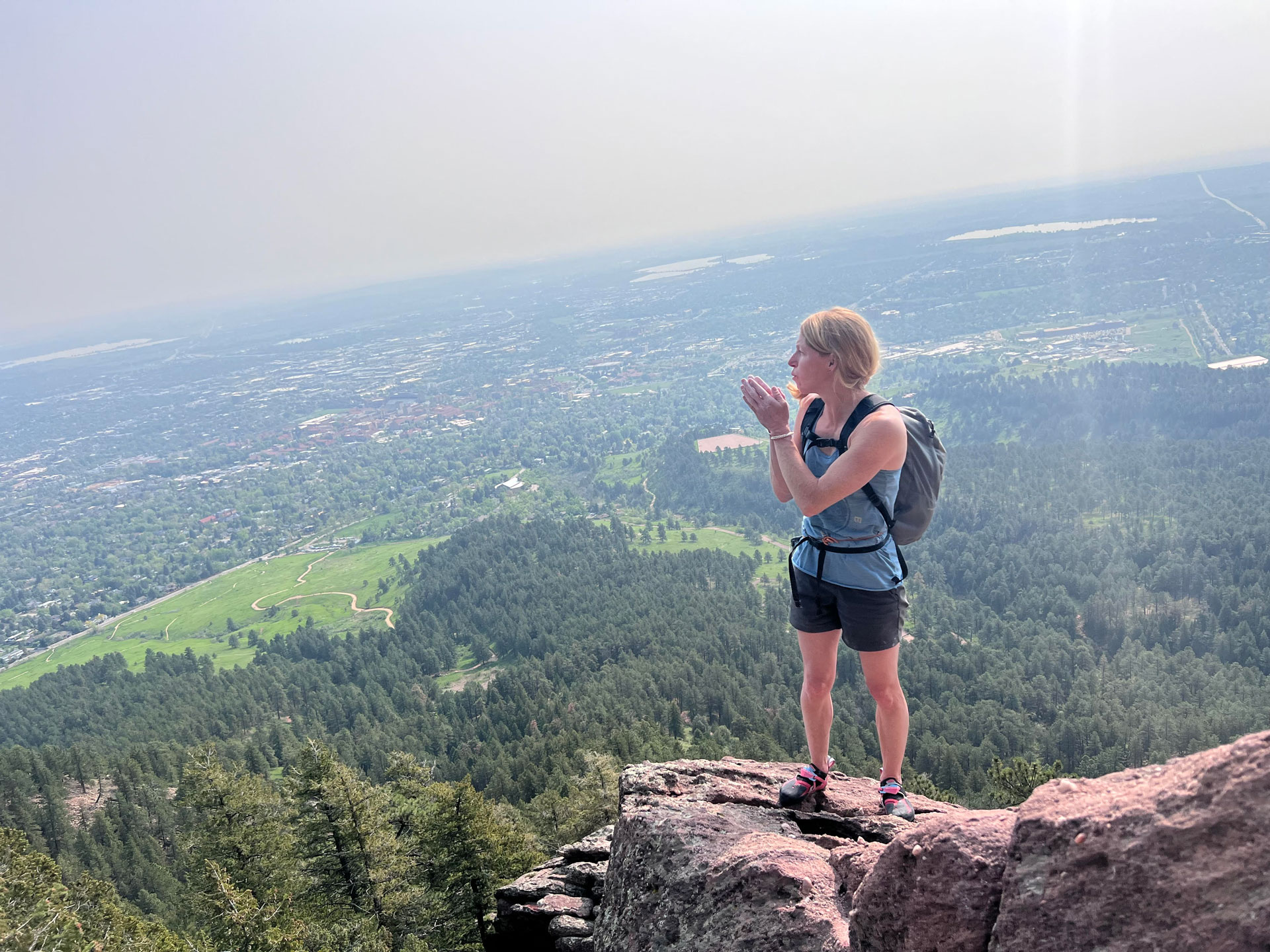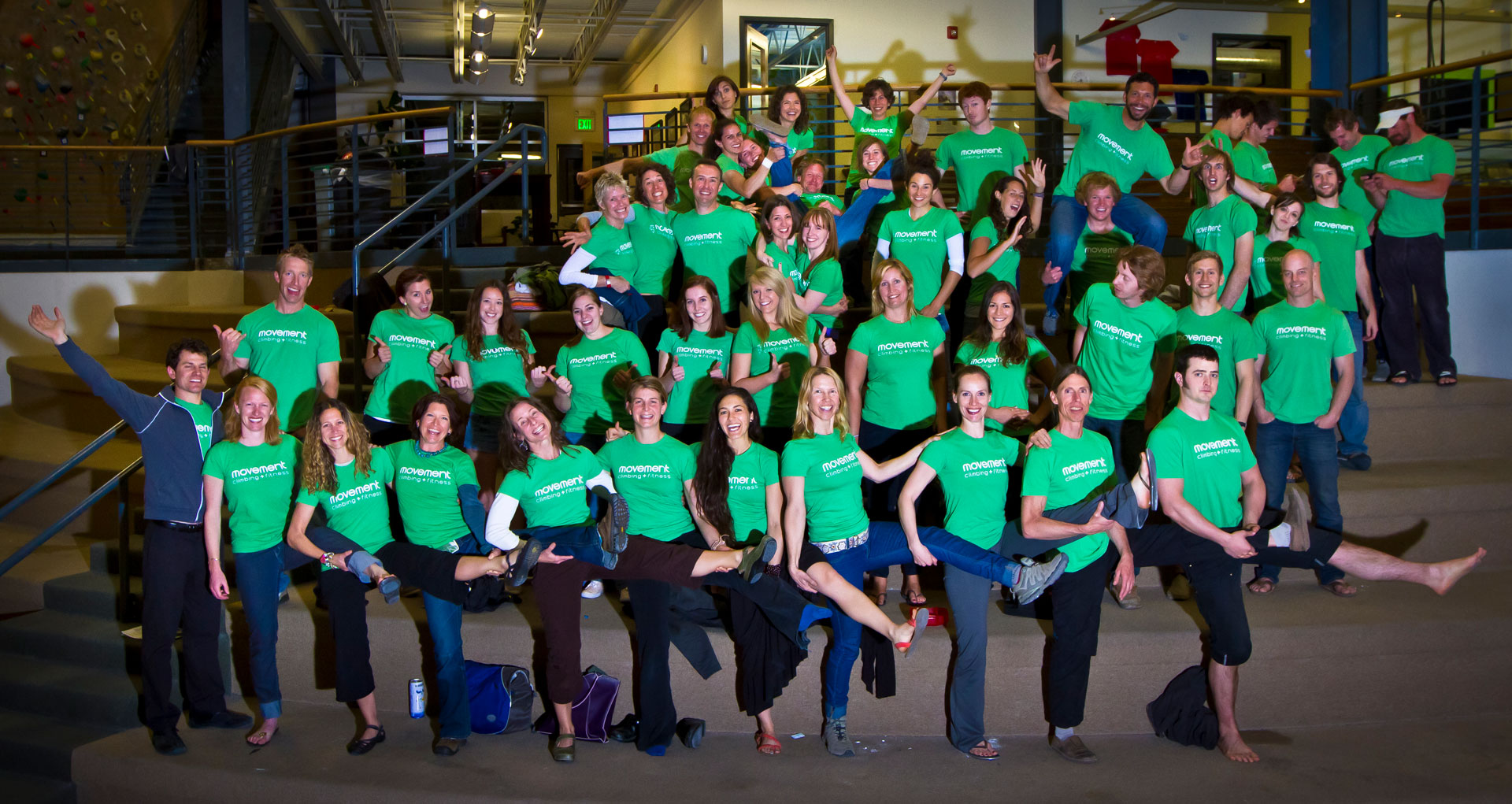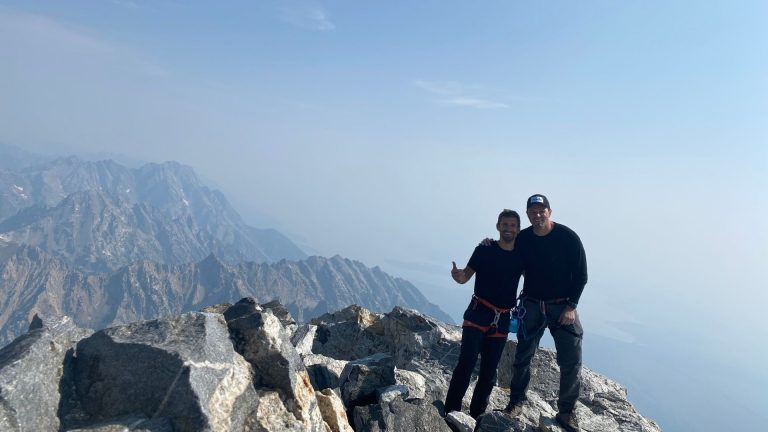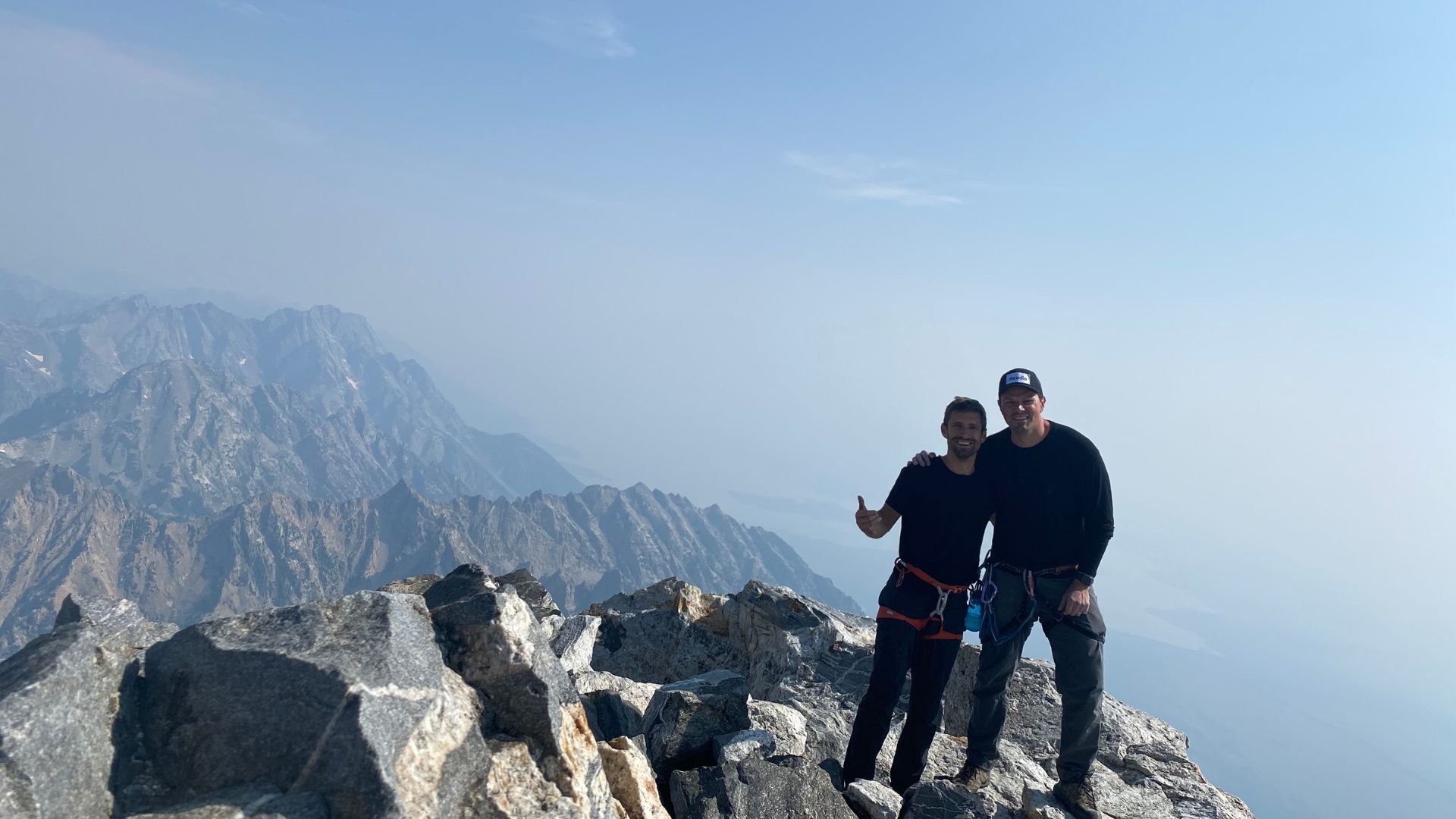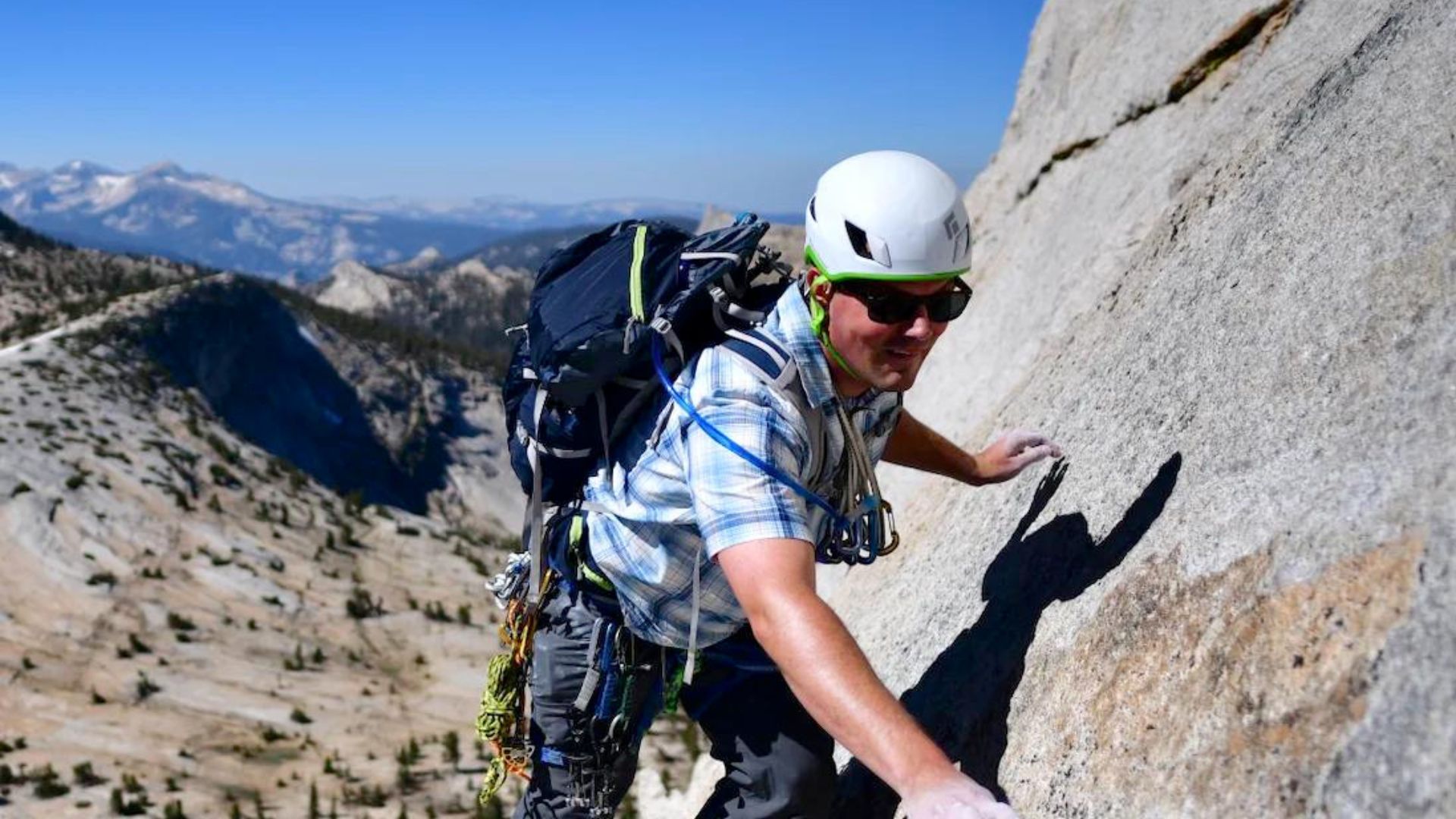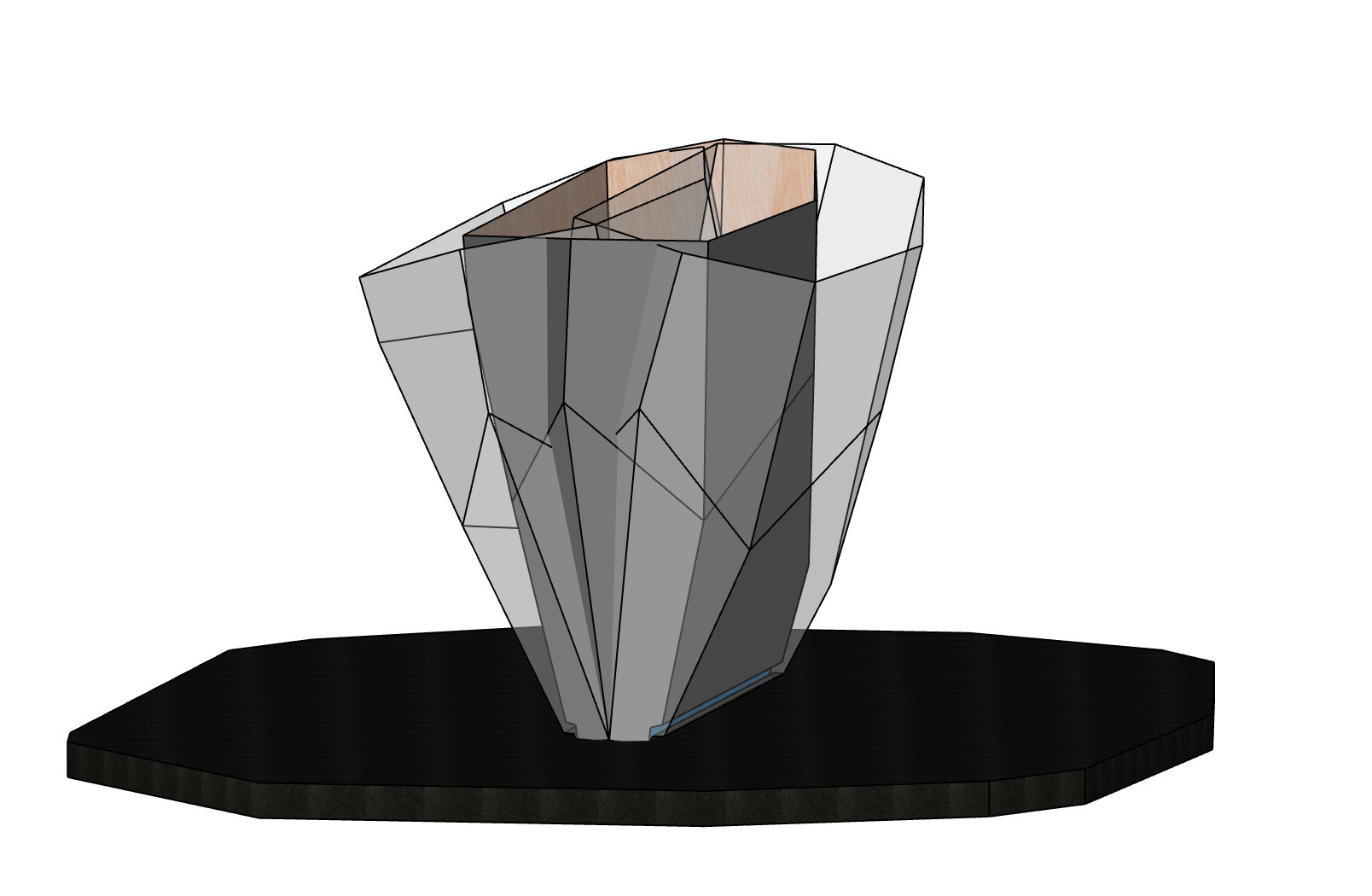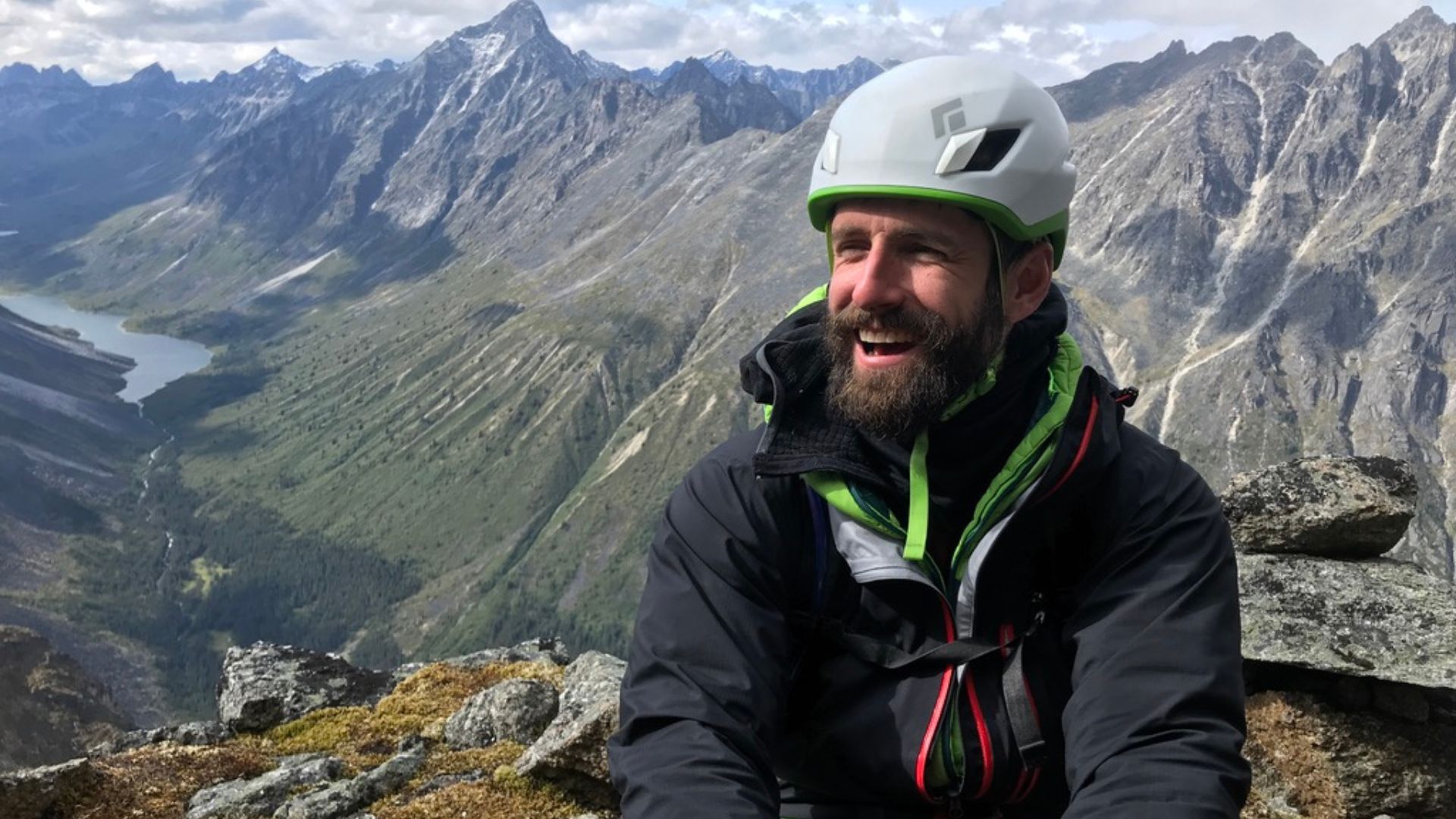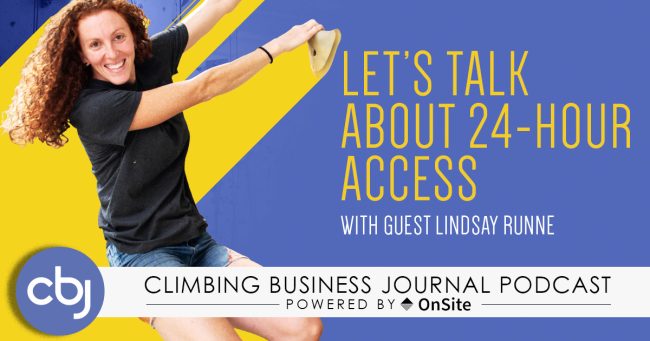
On this episode of the Climbing Business Journal podcast, host John Burgman meets with Climbing Roots owner Lindsay Runne. Climbing Roots’ grand opening date is still a little up in the air, but the gym is getting ready to open its doors. During their conversation, John and Lindsay discuss some of the logistics of opening a new gym, what the whole process has been like for Lindsay, and what has gone into getting a gym ready to open. They also dive into Lindsay’s decision to offer 24-hour access at Climbing Roots, an amenity that a number of other gyms have considered offering or are offering. Lindsay’s insights can help other gym owners and managers get some clarity on the idea, or maybe just expand the conversation about 24-hour gym access.
Thank you OnSite for your support! And thank you Devin Dabney for your music!Timestamps
00:00 – Intro 02:32 – From Wanting to Opening a Gym 07:45 – Gym Management to Ownership 08:46 – Questions to Ask When Opening a Gym 10:58 – What Does it Mean for an Owner to Care About a Gym? 12:50 – Inspiration from Other Businesses 14:34 – Evolution of Gym Aesthetics 16:56 – Logistics of Serving Food and Beverages 19:13 – Looking at and Writing Business Plans 21:10 – Overwhelming Aspects of the Process 24:40 – The 24-Hour Access Feature 25:58 – Pros and Cons of 24-Hour Access 29:25 – Buddy System for 24-Hour Access 31:06 – Handling 24-Hour-Access Rule Breakers 34:14 – Gaining Use of the 24-Hour Access 36:00 – Age Restrictions 36:10 – 24-Hour-Access Emergencies 37:17 – Retail for 24-Hour Access 39:21 – Staffing for 24-Hour Access 43:35 – The Gym’s Location 47:16 – Youth Programming 49:52 – Mountain Bikers and Climbers 52:54 – Learning More about Climbing Roots 54:23 – ClosingAbridged Transcript
BURGMAN: …I always think that there’s an interesting bridge that occurs in the mindset of gym developers when they go from wanting to open a gym or dreaming of opening a gym to actually making some inroads into the business logistics of it. So, tell me about what it was like for you; how and when you crossed that bridge from dreaming to pursuing it as a reality.
RUNNE: Sure, yeah. I’ll go back to the beginning 10 plus years ago, out in California. I was working in this gym, it was a Riverside area, and it was called Threshold at the time, and now it’s been bought by Hangar 18. But it was an awesome gym. And I loved the owner, loved the people, loved working there, and they just had this super inclusive vibe. I could tell that the owner really cared about the gym, and it just gave me this kind of warm, fuzzy feeling being there. And it started then. It was like, “Yeah, if I ever opened a gym, I would want to have these things; I would want to make it feel like it was home to people.” And then I visited VITAL in Carlsbad, and I was just like, “Wow, this is how I would want my gym to be.” It was 24-hour access, and it just had this chill vibe, almost like a coffee shop and where you just feel like you want to go and hang out and climb. And that really sparked something in me…
What happened there between you being approached to manage the gym and then later being approached to own the gym?…
…So, there was a plan for somebody to come into that space, and they got started. Just the basics, just the beginning of it. And then COVID came and threw everybody for a loop. Things got stopped, and then kind of put to the side because the people who were planning on coming in, they had to refocus and change their plans. So that’s what happened. Then they backed out, and then there was nobody else coming in.
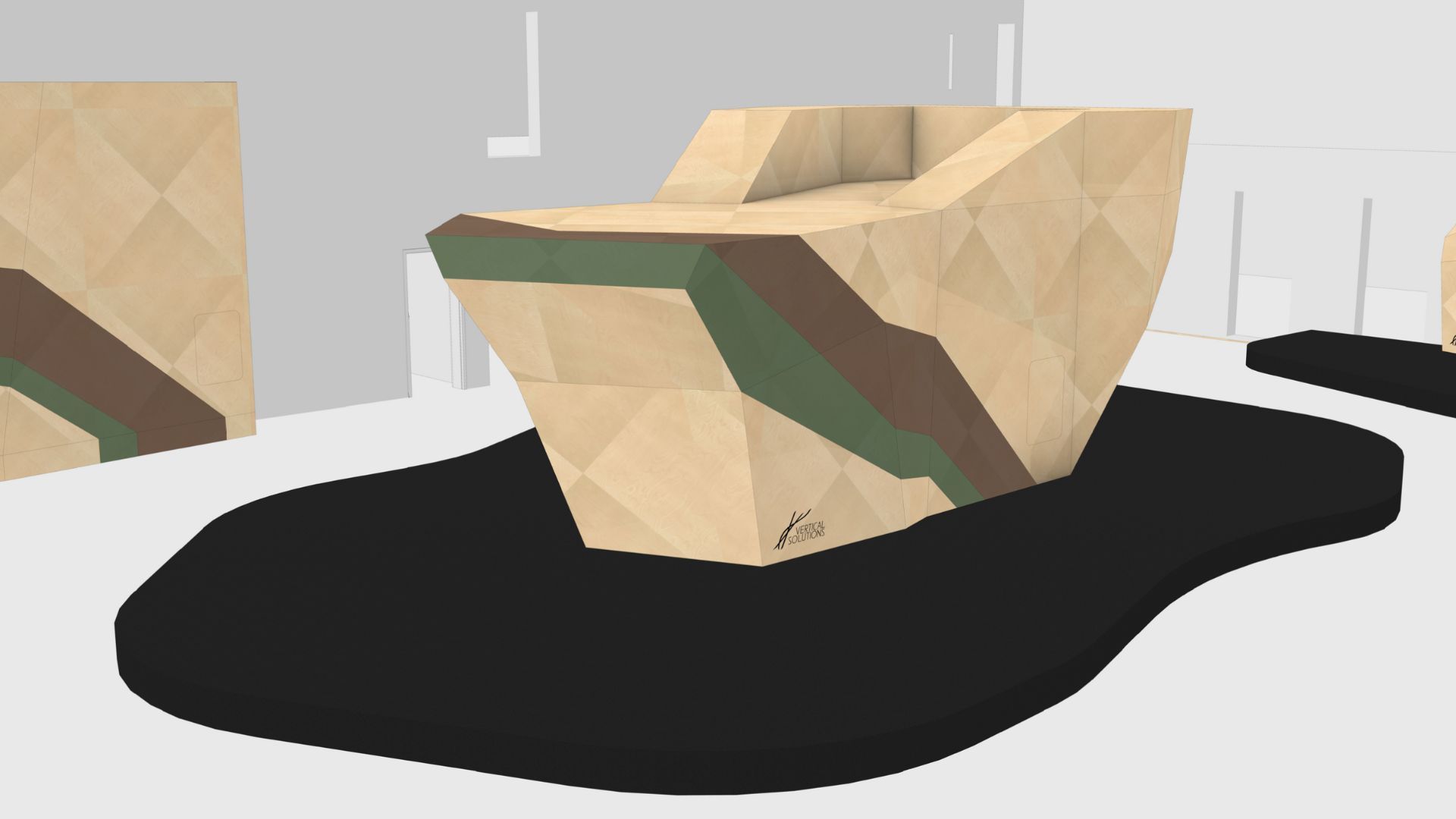
…What does that mean for an owner to care about the gym? How does that exhibit itself in day-to-day operations?
Yeah, [the owner] was present a lot, and I could see that he was putting his time and effort into the gym. It wasn’t that he was—which, there’s nothing wrong with this, people do things differently and they have their reasons for doing it. But, it wasn’t like he opened this gym and got it set up and then was out of the day-to-day operations. And again, some people do that and they can’t really be a part of the day-to-day because they’re out opening more gyms or doing different things with that. So, no judgment, there’s nothing wrong with that. But my ideal for me is I want to be a part of the gym. I want to be a part of that community. I want to be a part of the day-to-day…
…You said you visited several gyms and also shops to kind of learn what you liked and maybe what you didn’t like and what you wanted in your own facility. What were some of the things that you noticed at gyms and other shops, if there is anything that comes to mind that you wanted to include in your facility?
I think a big thing for me is the aesthetics of it. And I really like the sort of natural-looking shops and gyms, and I love plants. So, if you see my house, it’s just full of plants. That’s something that really drew me to gyms and coffee shops, that put attention to the aesthetics and made it feel kind of like you were outside. Just that feeling of hanging out at the crag…I also like art—these gyms with maybe murals or a lot of artwork and then that sort of cozy feeling. So not super bright lights, not super loud music, maybe just some more chill music, and just a space that people go to, like coffee shops, to work or to hang out, and it just has this really nice feel. That’s kind of the inspiration for the gym.
…You mentioned writing business plans and looking at business plans. Can you tell me a little bit about that whole procedure? What kind of business plans did you look at and how did you incorporate it all into your own business plan?
Sure, yeah.. I mean, honestly, I’ll be very open and honest: I have no business background. I have never owned a business other than, you know, I have an Airbnb and I manage that. But I feel like that’s not really much. But, yeah, I started by the simple Google search and looking at other business plans, reading a bunch of business plans, maybe trying to apply that to a climbing gym. And then I ended up hiring a consultant. That was huge for me because I was becoming very quickly overwhelmed. Even, like I said, I feel like I’ve been working basically every day towards this climbing gym for a year and a half and still feel like I’m in the beginning stages. There’s so much that goes into it, even if it’s just these simple little tasks, daily tasks. So, that was a huge help. I got help from CWA. His name is Bob Richards, and he was extremely helpful. So, I worked together with him to come up with a business plan and then the market analysis.
And to anybody that’s listening that has been in this situation or maybe is in this situation, where they are wanting to open a gym, maybe they have a business background, maybe they don’t. It might be beneficial to hear, what was the most overwhelming part of the process that you encountered, maybe before you met with the consultant?…
I mean, honestly, from the beginning, there were times that I would start to feel myself getting overwhelmed, but then I would take a breath and take a step back and just look at one task ahead of me. Because what would make me overwhelmed was looking at the whole and making these big, long lists of all these things that I needed to accomplish, when the reality was I just needed to look at the one task that I could do in that moment…I was excited about every single part of it. With everything, I could breathe and take a step back when I started to feel overwhelmed—until it came to financing. That was a huge stress; it still is this stress in my mind and something that I do not enjoy. This step of the process is something that I’m not excited about. Of course, it’s a huge part of it. And we’ve gone through different ideas and avenues of how to solve the issue of how this is going to be financed. And there were just parts of it that were very stressful and very overwhelming…
Would members have to pass any sort of proficiency test to be able to have 24-hour access?…
We definitely want to have those videos or explanations on how to fall and how to climb properly for everyone. But I do think that if someone is wanting to sign up for that 24-hour-access membership, there will be more explanation, there will be more caution taken with those members—maybe an extra video or extra explanation. We actually plan to have in the lobby, in the front entrance area, a boulder that will be for demonstration purposes as well as other things. But I think that will be crucial to that 24-hour-access membership, that extra explanation, especially because you’re going to be explaining extra to them what it all entails, what they can and can’t do, giving them their key card and explaining all that to them. So, that will definitely be a part of it.
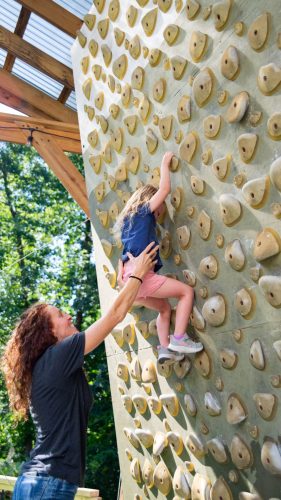
Another question that I think often comes up with 24-hour access is how do you handle merchandise, retail? Maybe not even merchandise, although I suppose maybe somebody would want to buy some chalk or something. But what if they would want to just buy a drink, some water, or if you sell coffee, if there’s a refrigeration or vending area or something like that? Do you have any plans for how to approach that?
Our setup of the gym is nice, in that we will be able to kind of block off or lock the merchandise that we don’t want people to be able to access. But we do plan on having just some vending machines for that purpose, so people can get drinks or little snacks. That was one thing about VITAL in Carlsbad that I loved, that they had a serve-yourself coffee bar. [We’re] maybe thinking about doing something like that. And, again, it was this honor system of you put a dollar in or you pay a little bit and get some coffee. So, that’s the thought. That’s the plan…
Let’s say it goes for six months or a year and you’re getting just a couple of people every night and you have to say, okay, where’s the balance point here? Is it worth continuing? Obviously, somebody’s going to have to look at the security cameras from time to time and whatnot…There’s more to do if it is open 24 hours. So how do you plan to assess, I guess, whether or not it’s worth continuing after a certain number of months?
The thing about opening any business is that it’s not static, hopefully. My idea is to open this gym and then continue to evaluate and assess what is working and what’s not working and then make it better as we continue…So, looking at the data of how many people are using that 24-hour access, what it’s costing us—the extra that it’s costing to maintain that 24-hour access—obviously comparing those and deciding whether or not it’s worth it. And then reaching out to maybe those members who are using it and just having a conversation with them…
With such a close proximity to the schools, do you plan to have youth programming?
Yeah, definitely. So, one big thing for us is community. We want to create a new community just within this, in our gym, but we want to be involved in the existing community of Knoxville. And then, of course, this community that we live in. Our kids go to the elementary school and then they’re going to go to the middle school. And I would love to provide access for these kids. A lot of them are maybe underserved, and I would love to be able to—maybe not at first, we need to get our bearings and get our feet on the ground first—but I’ve heard of other gyms offering a pay-what-you-want or scholarships to be able to give access to these families, to these kids that maybe wouldn’t be able to afford climbing. Climbing in a gym kind of has to be the price that it is or else it wouldn’t survive. The memberships are what they are so that the gym can function. And there’s a lot of overhead. So, I know that it’s expensive, but I would love to be able to offer it for a more accessible price for those who can’t afford it.
…Broadly looking at it, how are mountain bikers kind of similar or different from climbers, and vice versa? Or are they really just kind of mirrors of one another in a lot of ways?
Yeah, it’s interesting. I’ve seen so much overlap of mountain biking and climbing. And honestly, our community—which, again, I’m biased because this is what I like—but I feel I have discovered that the South Knoxville and the Knoxville community seems to be very interested in the outdoors, outdoor activities. I think that is telling that we have the urban wilderness. And I think it’s just this kind of desire to be outdoors, but get a little bit of that adventure and participate in this “extreme sport”—these extreme sports that motivate us to continue to exercise or get better. And I think that this is just something that is human nature. We want to have adventure. We want to get outside of the mundane and the normal. And mountain biking and climbing can do that for us.










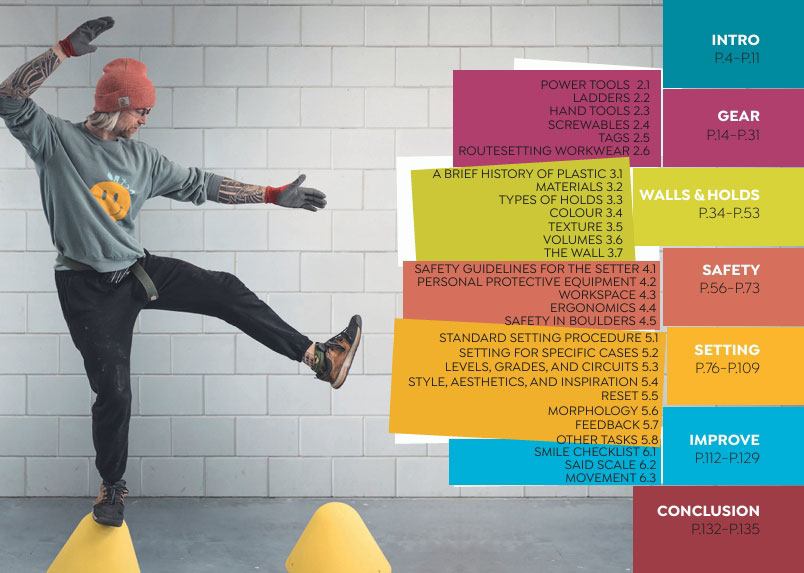
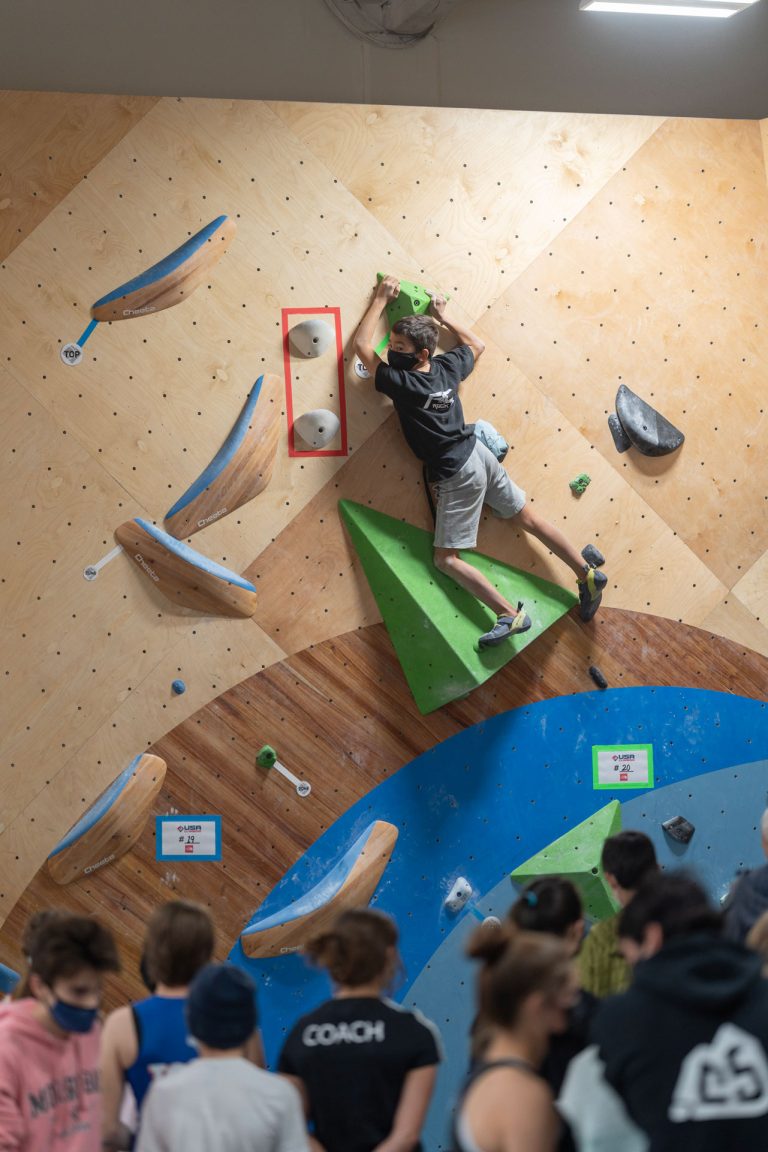
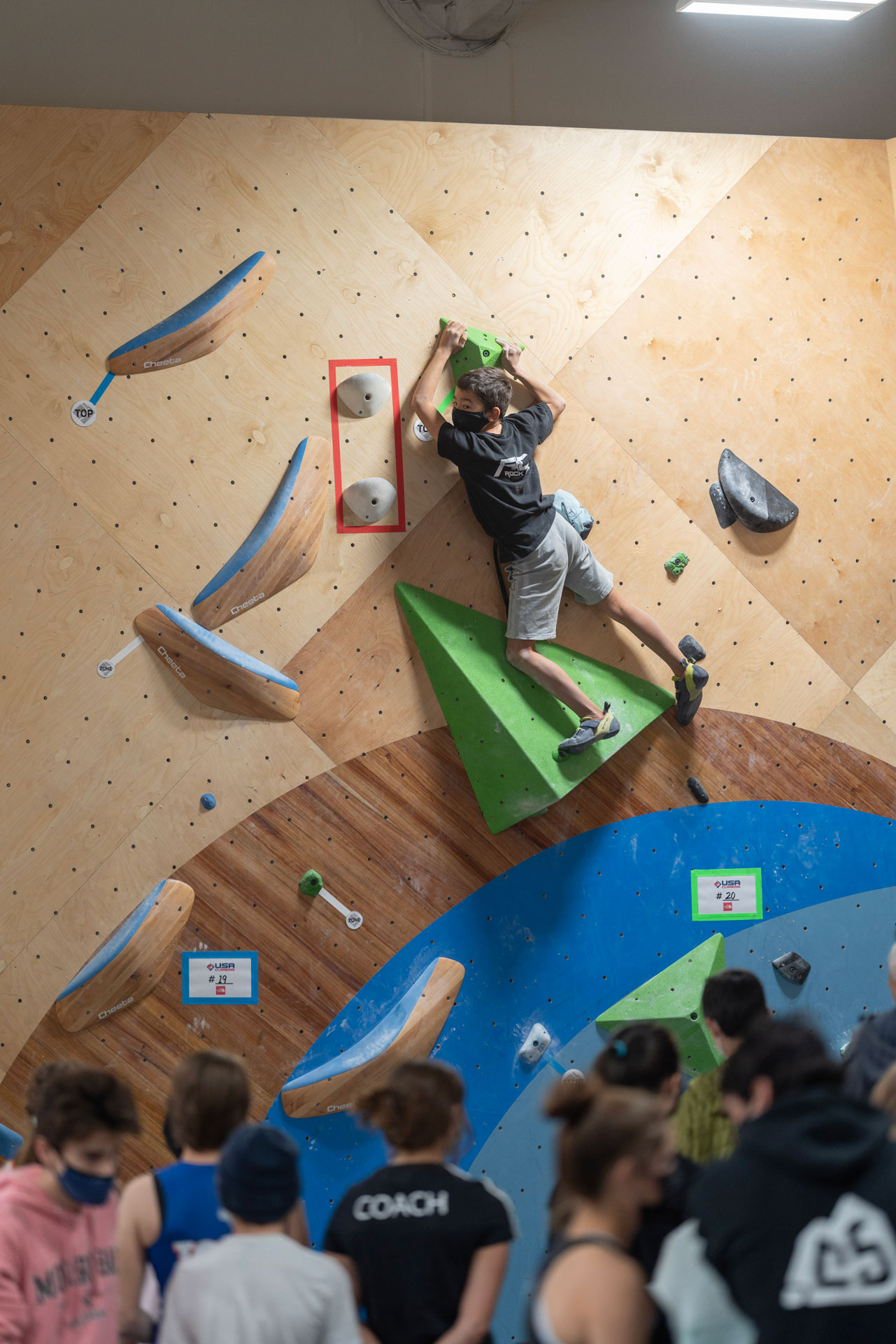

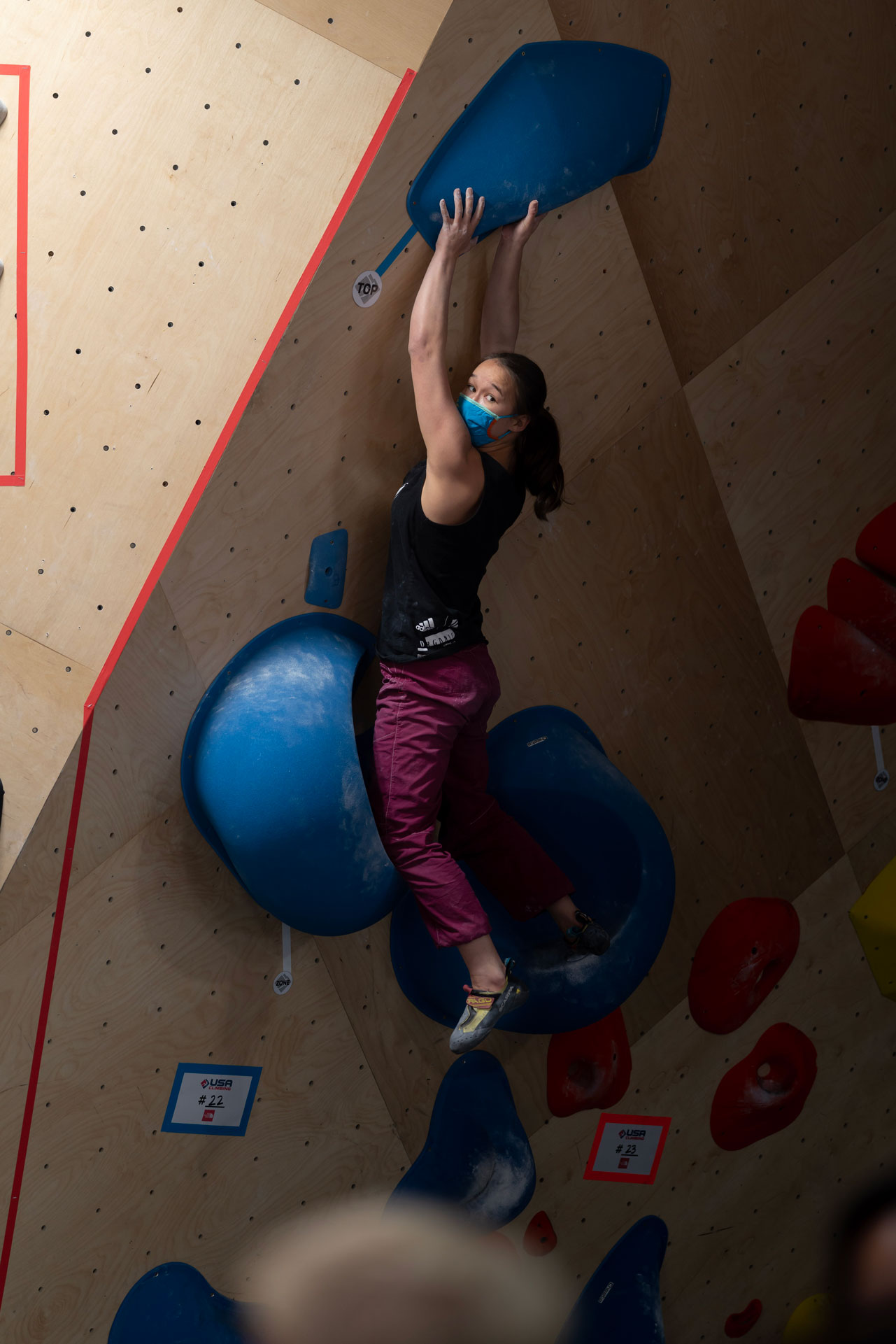
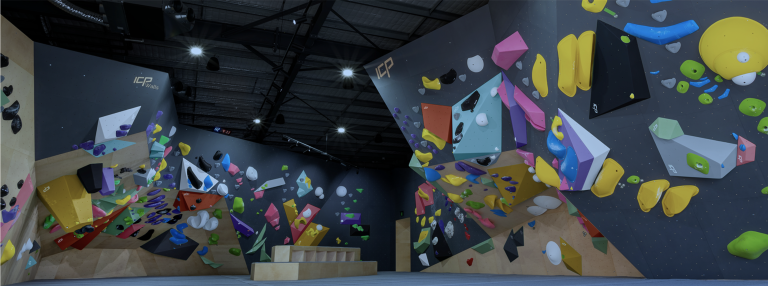
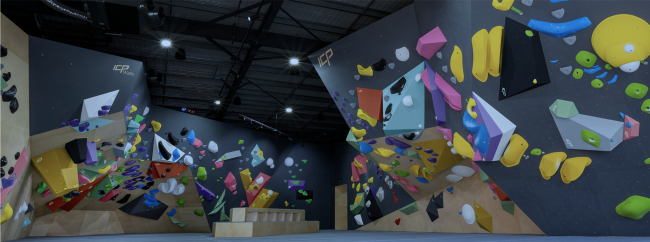
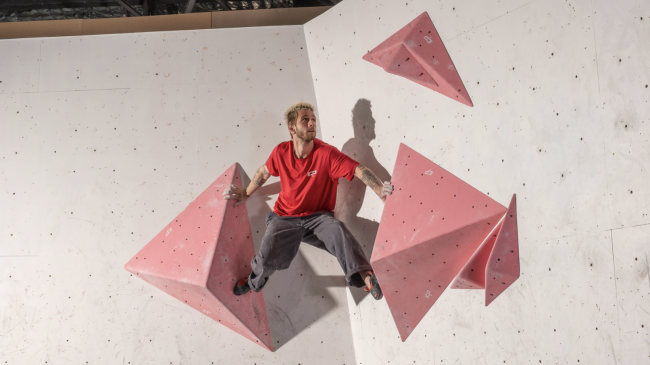 Strength and Endurance: Built to Last
Every ICP Volume is made from the strongest 18mm Birch Plywood available on the market, ensuring unmatched strength and durability.. Built to withstand years of intense climbing and route setting, ICP’s hybrid resin coating has been refined over many years to make sure it can withstand the test of time.
Strength and Endurance: Built to Last
Every ICP Volume is made from the strongest 18mm Birch Plywood available on the market, ensuring unmatched strength and durability.. Built to withstand years of intense climbing and route setting, ICP’s hybrid resin coating has been refined over many years to make sure it can withstand the test of time.
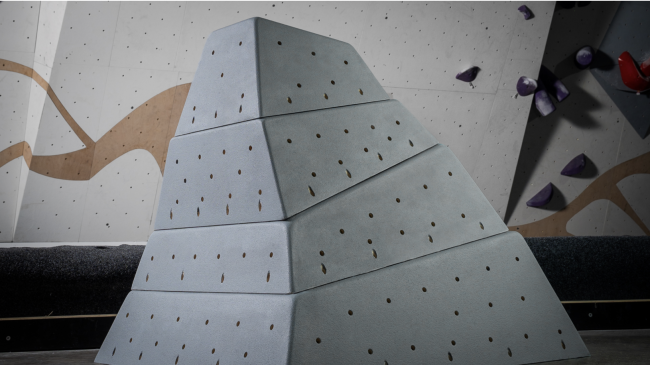 Grip and Style: A Perfect Combination
ICP Volumes are not only tough but also provide the best grip possible. The texture has been fine-tuned over years to reduce the greasy feeling your hands can get and to increase the durability of volume wear under high foot traffic. Every single range is designed to stack and can even be interconnected with other ranges, helping boost route setters’ creativity.
With ten RAL colors and a sleek wood finish to choose from, you can easily customize your volumes to match your gym’s environment.
ICP Volumes are available with or without T-nuts (imperial and metric options available), making them even more versatile for your specific needs.
Grip and Style: A Perfect Combination
ICP Volumes are not only tough but also provide the best grip possible. The texture has been fine-tuned over years to reduce the greasy feeling your hands can get and to increase the durability of volume wear under high foot traffic. Every single range is designed to stack and can even be interconnected with other ranges, helping boost route setters’ creativity.
With ten RAL colors and a sleek wood finish to choose from, you can easily customize your volumes to match your gym’s environment.
ICP Volumes are available with or without T-nuts (imperial and metric options available), making them even more versatile for your specific needs.
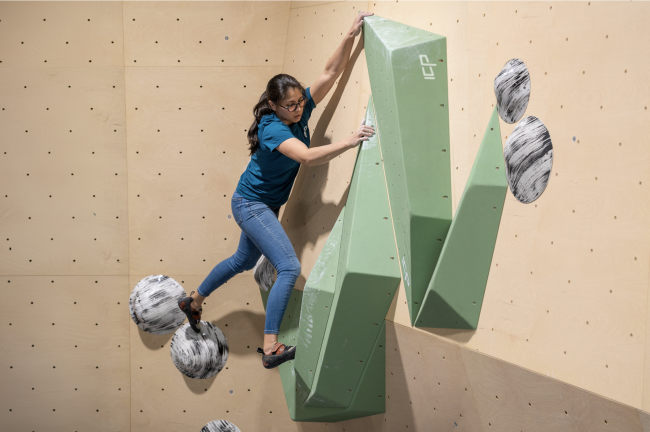 Made to Order: Fast and Efficient
Frustrated by long production and shipping times in the industry, ICP has developed one of the fastest made-to-order approaches available. All
ICP Volumes are designed to be palletized and easily stacked, minimizing the space they take in your storage areas. And no matter where you’re located, ICP Volumes are shipped from our factory in Europe around the globe ensuring that you can access our ICP products wherever you are.
Made to Order: Fast and Efficient
Frustrated by long production and shipping times in the industry, ICP has developed one of the fastest made-to-order approaches available. All
ICP Volumes are designed to be palletized and easily stacked, minimizing the space they take in your storage areas. And no matter where you’re located, ICP Volumes are shipped from our factory in Europe around the globe ensuring that you can access our ICP products wherever you are.
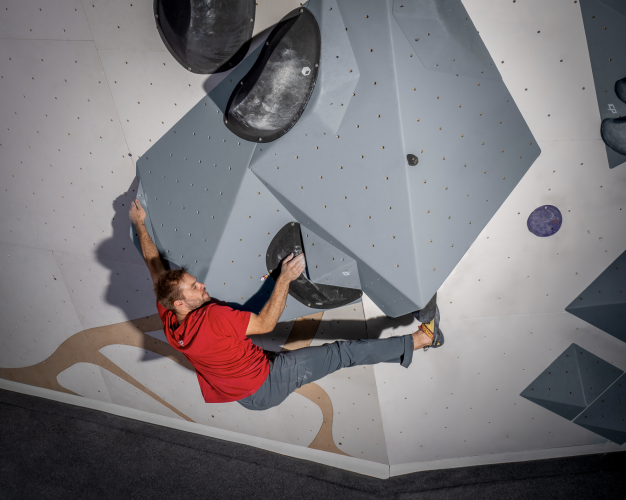 Custom Options and Mega Volumes
Looking for something unique? ICP offers custom options by request, including dual texture, custom paintwork, and custom colors. If you need a truly one-of-a-kind volume, reach out to ICP’s design team to bring your vision to life, our team is up for the challenge of designing you a completely new range of unique volumes. Additionally, ICP offers a range of large MEGA volumes, exclusively available with new ICP wall builds, for those looking to make a bold statement.
Custom Options and Mega Volumes
Looking for something unique? ICP offers custom options by request, including dual texture, custom paintwork, and custom colors. If you need a truly one-of-a-kind volume, reach out to ICP’s design team to bring your vision to life, our team is up for the challenge of designing you a completely new range of unique volumes. Additionally, ICP offers a range of large MEGA volumes, exclusively available with new ICP wall builds, for those looking to make a bold statement.
 Seamless Integration with ICP Walls
ICP Volumes are designed to work seamlessly with ICP Walls, a system known as the ICP Raps. With this innovative design, wall and volume face angles are instantly identifiable, allowing you to easily create extended planes of flat setting surfaces. This integration gives route setters unique new creative possibilities instantly.
Explore the New Online Store Today
Visit ICP’s new online store to explore the full range of options and bring some fresh creativity into your route setting.
Discover the next generation of climbing with ICP Volumes at:
Seamless Integration with ICP Walls
ICP Volumes are designed to work seamlessly with ICP Walls, a system known as the ICP Raps. With this innovative design, wall and volume face angles are instantly identifiable, allowing you to easily create extended planes of flat setting surfaces. This integration gives route setters unique new creative possibilities instantly.
Explore the New Online Store Today
Visit ICP’s new online store to explore the full range of options and bring some fresh creativity into your route setting.
Discover the next generation of climbing with ICP Volumes at:

 Did you know that you can bring cross-curricular learning and games to our climbing walls?
With Everlast Climbing’s
Did you know that you can bring cross-curricular learning and games to our climbing walls?
With Everlast Climbing’s 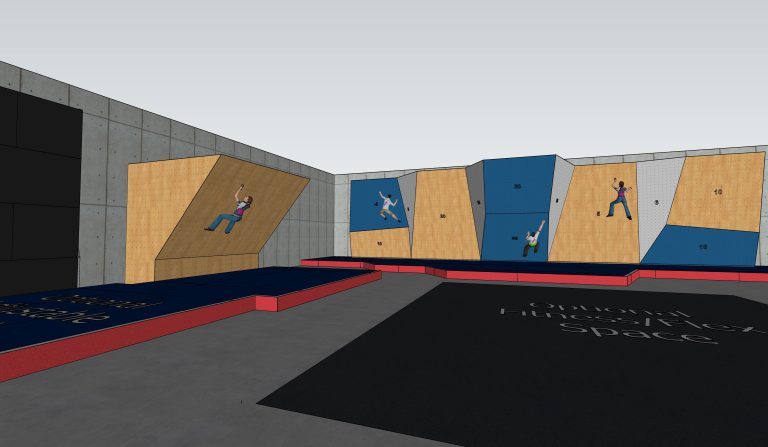

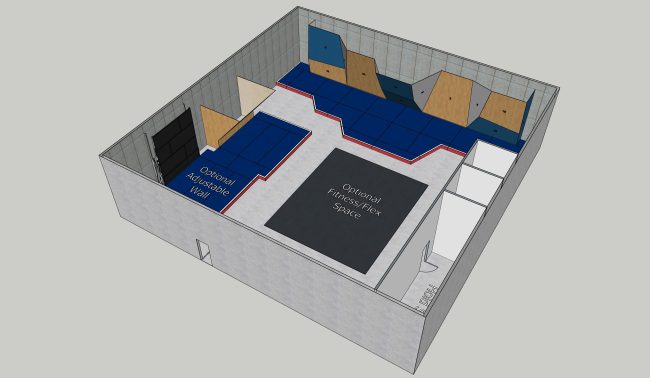
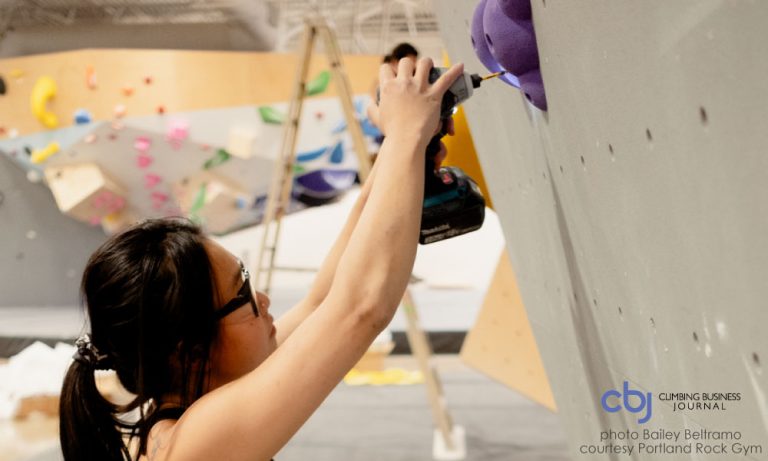
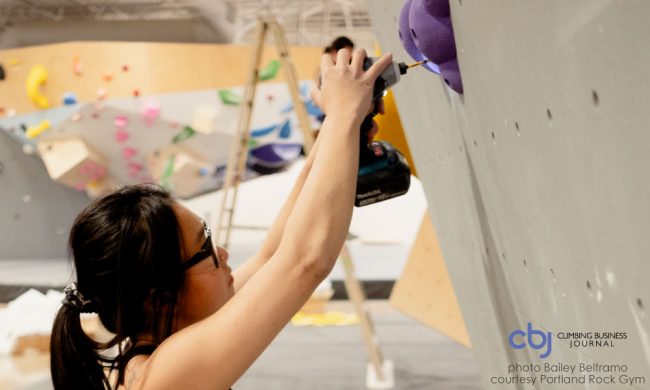


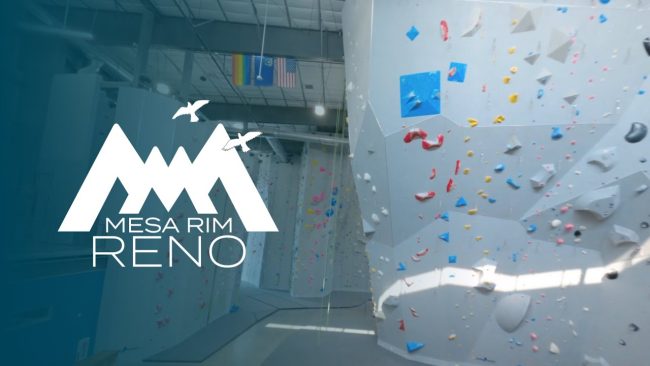 CBJ hosts the most active job board for climbing businesses and organizations. Below are the latest posts from this past week…
CBJ hosts the most active job board for climbing businesses and organizations. Below are the latest posts from this past week…


